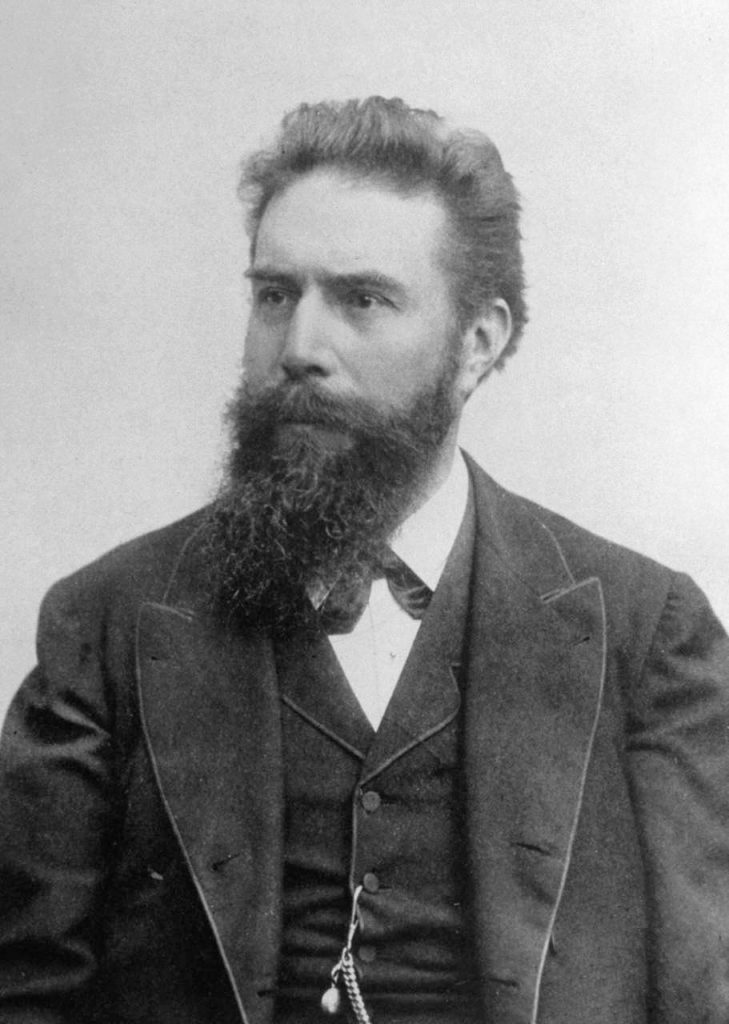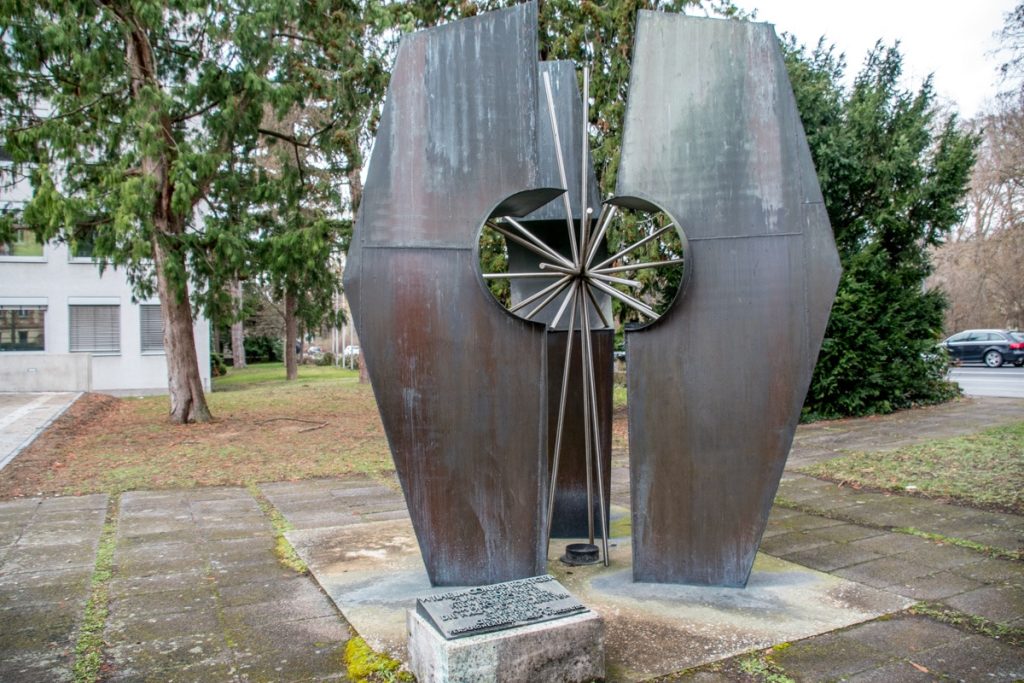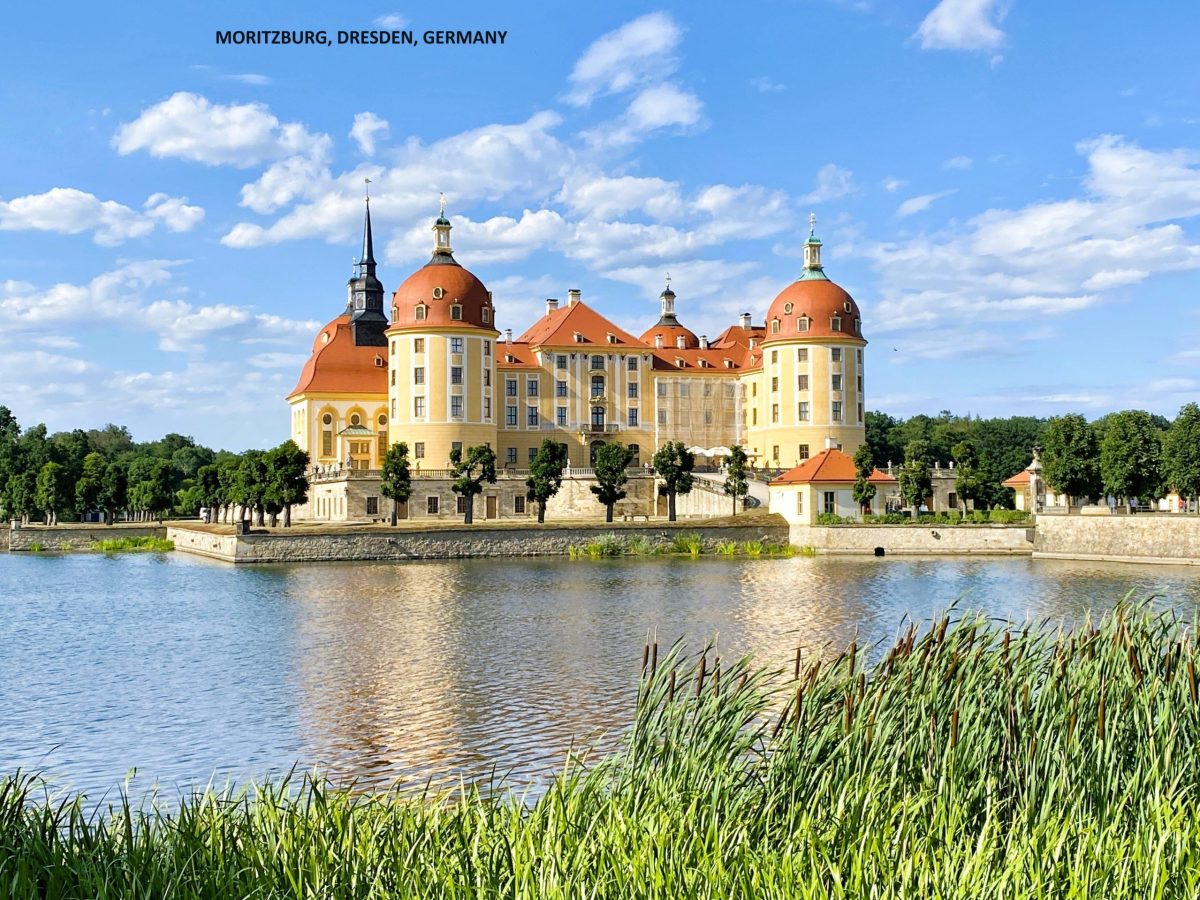Wurzburg is one of the more memorable cities in one of my favourite parts of Germany. Situated amongst the rolling hills and vineyards of Lower Franconia and straddling the River Main, it is the starting point of the so called ‘Romantic Road’ which leads to Fussen in the Schwaben Region of Bayern. Don’t get too excited about the ‘Romantic Road’. I was very critical of it some years ago in my blog on Fussen. It’s a means by which some of Bavaria’s more enterprising travel agents were able to link a long list of towns and/or villages they wanted to promote. At the last count there were more than 30 such towns and villages but the numbers continue to grow. Having said all that, there are some wonderfully picturesque and historical places amongst the list; including Wurzburg, Fussen and, my favourite of them all, Rothenburg ob der Tauber.
But back to Wurzburg. It’s a gem of a place and not to be overlooked. It deserves at least two full days of exploration; longer if one’s stay is to be maximised.
Having parked the Van in a large riverside ‘Stellplatz’ on Dreikronenstrasse, we walked south along the left bank of the River Main and then across the Alte Mainbrucke into the old town (the Altstadt). In some respects this 12th century bridge, adorned with 12 statues of saints and statesmen, reminds me of Charles’ Bridge in Prague except; the views from this bridge are, if anything, even more picturesque and; on a sunny day, it’s a great deal more lively because of the wine bars, cafes and food stalls located at both ends of the bridge. It was a sunny day as we arrived and the bridge was packed with people quaffing large glasses of the local white wine. Small wonder that the Alte Mainbrucke is known locally as the Wine Bridge.
The views from the Mainbrucke both across to the Altstadt and, especially, back towards the 13th century Marienberg Fortress are pleasing.
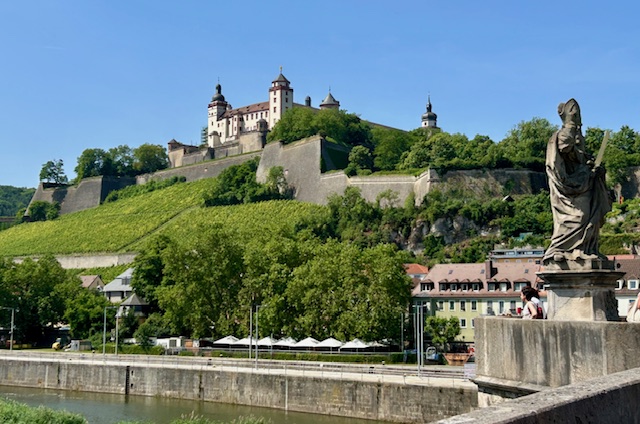
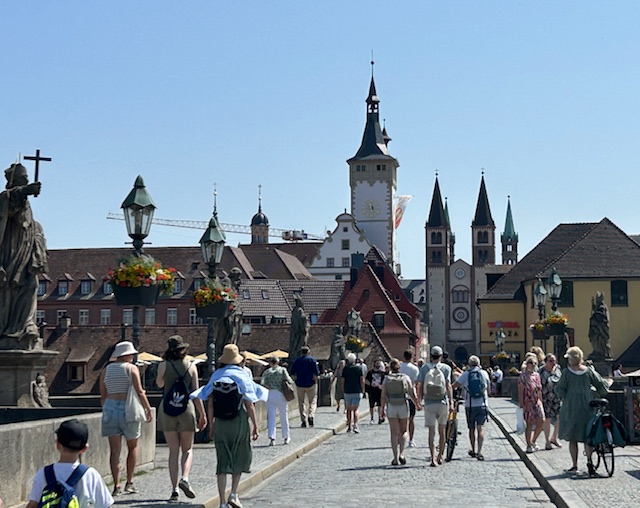
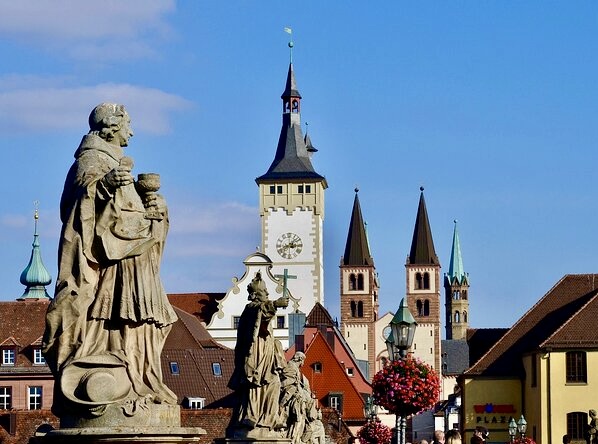
The Marienberg Fortress holds a prominent position on the left bank of the River Main. It was the home for more than 500 years to the local Prince-Bishops and it is steeped in history. It was besieged during the 16th century German Peasants War and again in the 30 Years War against Sweden. Add to this the fortress’ involvement in the French Revolutionary and Coalition Wars, the Austro-Prussian War, the Franco-Prussian War (the list goes on and on all the way up to and including the Second World War) and; it is easy to understand why so little remains of the original fortress. Most of the existing structure dates from the 16th and 18th centuries; hence the largely Renaissance and Baroque styles. The Fortress (containing two museums and two restaurants) and it’s gardens are open to the public (for a small fee) and there are several viewing points both in the fortress and on the route up to the fortress all of which offer panoramic views over the Main River, the historic city centre and the surrounding countryside. The view of the old town is particularly impressive…
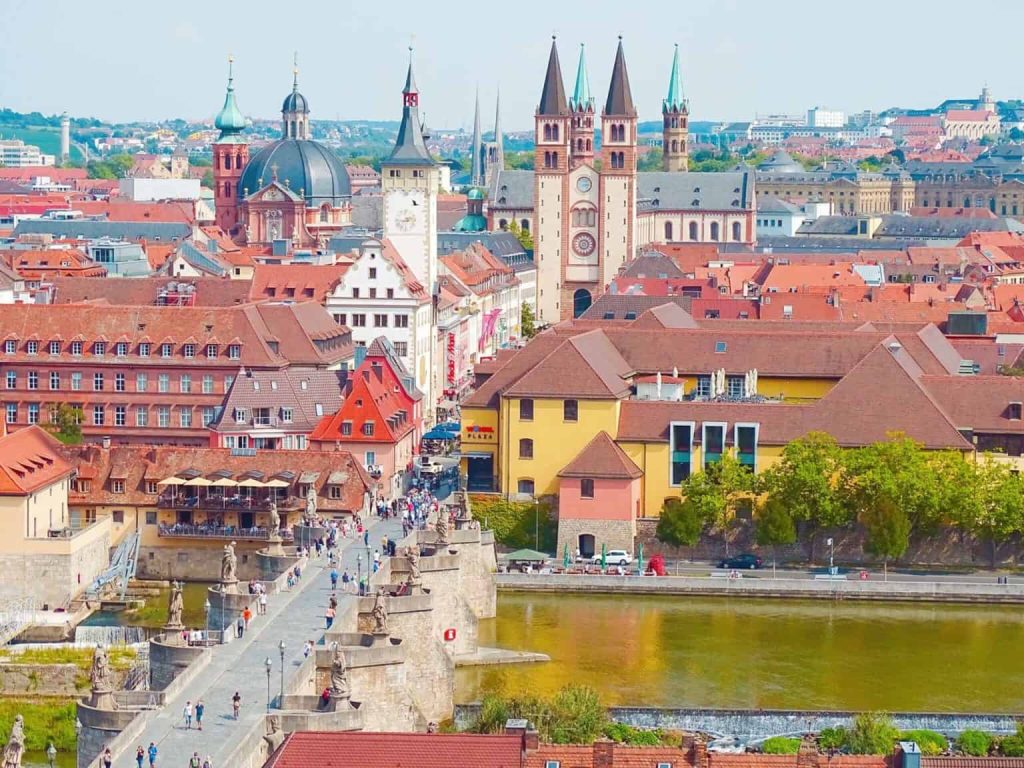
Looking over the city as it is now, it is difficult to believe that during WWII Wu:rzburg suffered as much, if not more, damage than Dresden. In one 20 minute air raid in March 1945 the Allies destroyed more than 90% of the city. After the war Wurzburg was painstakingly rebuilt (by it’s women for the most part, because many of the city’s men were either dead or in Soviet prison camps) and, today, it once again ranks as one of the most beautiful cities in Germany.
Having crossed the bridge, we started our exploration of the Altstadt at the Marktplatz. It was late in the morning but a few vendors were still on the square as we arrived; selling fruit and vegetables, mostly, and with white asparagus looking particularly plentiful. It is ‘Spargelzeit’ in Germany during the period April to June and white asparagus is on sale everywhere at this time.
We stopped for coffee and cake outside a small cafe on the Marktplatz with me people watching and tending our dogs while Vanya wandered the stalls and; then she did the same while I visited the very grand looking, red and white coloured Marienkapelle (Saint Mary’s Chapel); a huge chapel which totally dominates the Marktplatz. By the way, a chapel differs from a church only inasmuch that it doesn’t have a parish or congregation. This particular chapel suffered badly from allied bombing during WW2 with the interior and the rafters being completely destroyed. Rebuilt between 1948 and 1961 and reconsecrated in 1962 it’s interior is magnificent.
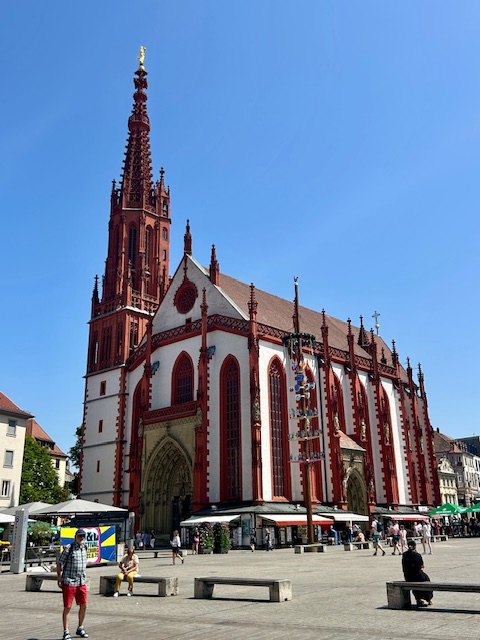
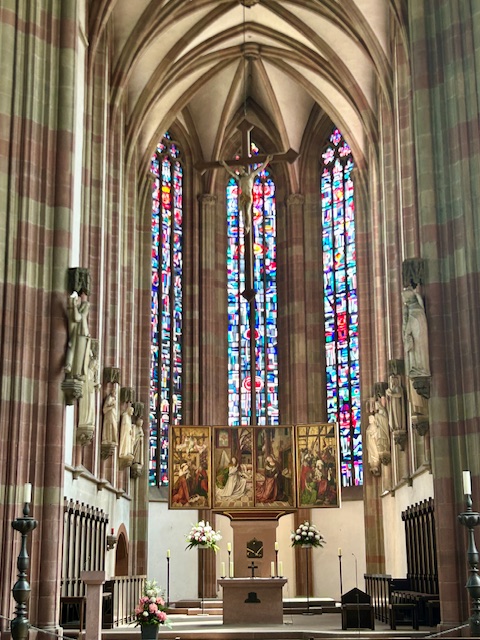
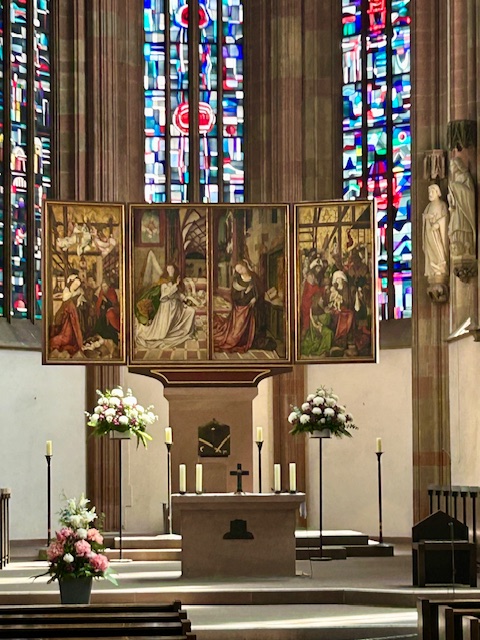
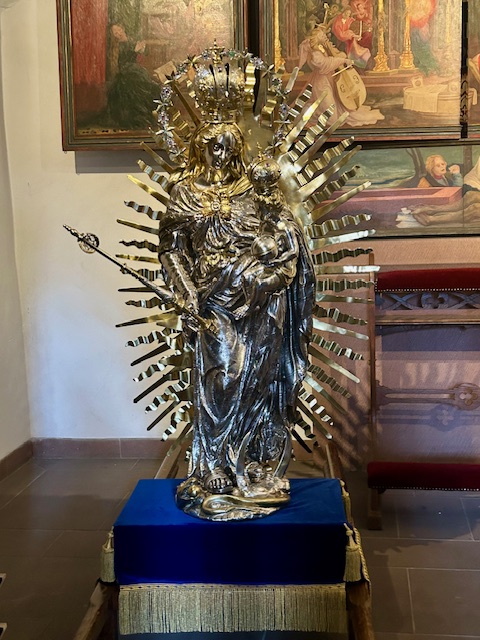
Behind the Marienkapelle is another stunning building; the yellow and white coloured Falkenhaus. Originally the home of an affluent Catholic priest, this building served as a guesthouse and inn from 1735 until it too was destroyed by bombing near the end of WW2. After the war, the building was rebuilt with much the same exterior as before but; inside was altered so as to accommodate the city’s public library and a tourist information office.
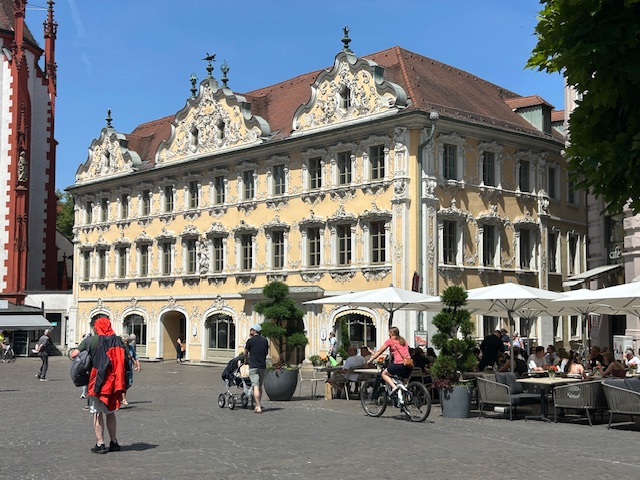
There are at least three other ‘must see’ buildings in Wurzburg’s Altstadt (the City Hall, the Cathedral and the Royal Palace) but; walking these three, together with those in the vicinity of the Marktplatz, you’ll inevitably stumble across numerous other interesting sites (the Fischerbrunnen, Neumunster Church, Greiffenclau-Palais, Weingut Juliusspital and the University campus to name but a few) all enclosed within what is known as the Ring Park. Wurzburg is a compact city and easily walked. Moreover, much of it is pedestrianised although; you should keep a wary eye out for the trams.
The 14th century Rathaus or City Hall is a gem of a building. It is easily identified by it’s 55 metre tower, the Grafeneckart, which can be climbed (for a small fee) for views over the town. This time, I passed on the climb but the inside is well worth visiting if only to view the story boards and scale model of the city which detail the damage caused to the city during World War II.
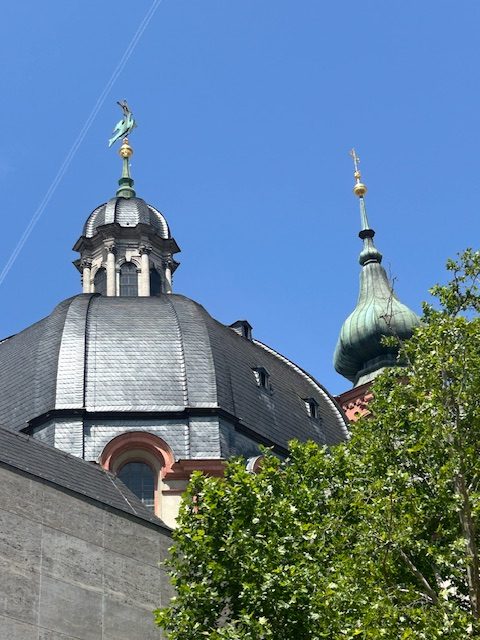
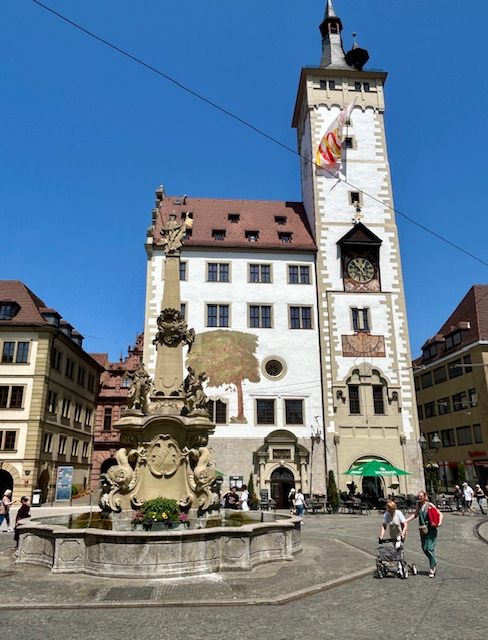
From the Grafeneckart it is but a short walk along Dom Strasse to to the city’s cathedral (Dom Saint Lilian). A service was underway as I entered and, consequently, I spent more time in the crypt than in the church proper but I saw enough to be impressed and this building too is well worth the visit. Parts of it date back to 1040 but construction wasn’t completed until some time in the 13th century. The Cathedral too was badly damaged during the bombing in 1945 but was rebuilt and re-consecrated in 1967.

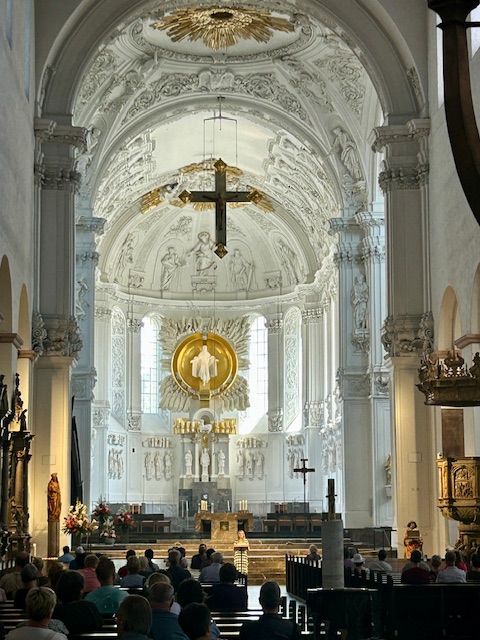
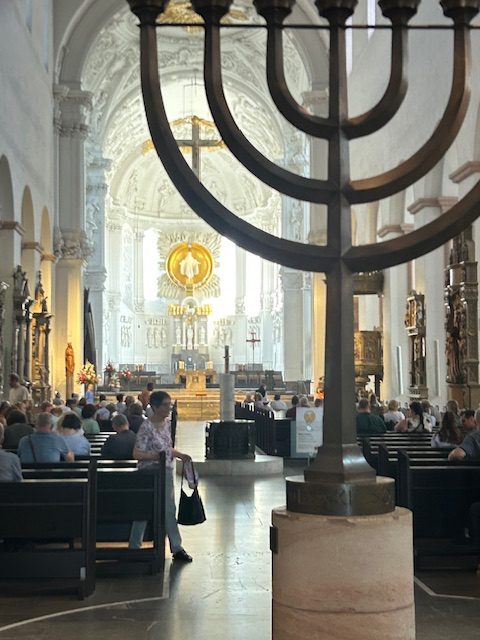
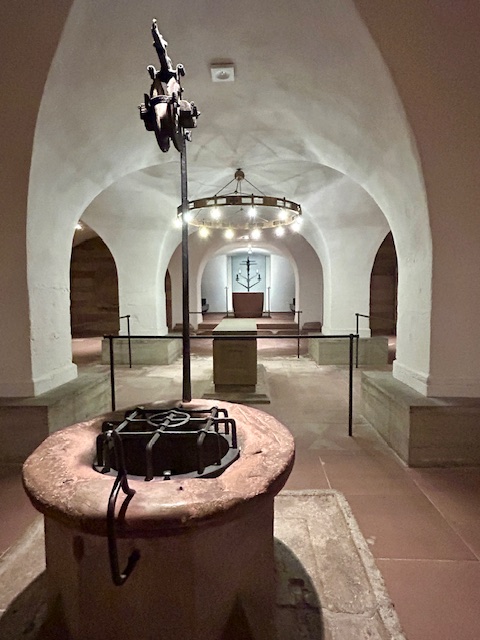
To the rear of the Cathedral, at the end of Hofstrasse, is the former Royal Palace of the city’s Prince-Bishops. Known locally as the Wurzburg Residence it is the most impressive of all the buildings in Wurzburg and a UNESCO World Heritage Site. It’s a magnificent palace overflowing with artistic treasures; whether they be in the form of impressive architecture, decorative walls and ceilings, lavish furniture and fittings or it’s beautiful gardens. It exudes history too; one of it’s more famous residents being Napoleon Bonaparte who visited Wurzburg on at least three occasions and overnighted at the Palace on his way to invade Russia in 1812. Indeed, he took 2,ooo of Wurzburg’s soldiers with him on that ill fated jaunt and very few returned.
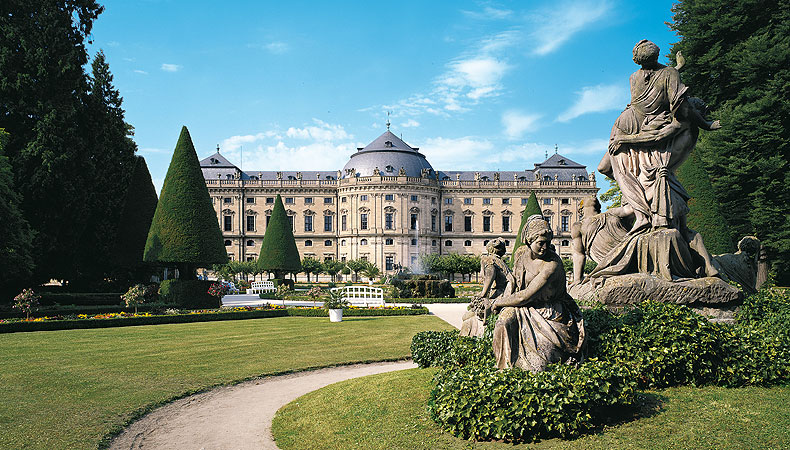
Just a few other photo reminders of an all too short but wonderful visit to Wurzburg. We’ll definitely be back and next time our focus will be more towards the food and drink…
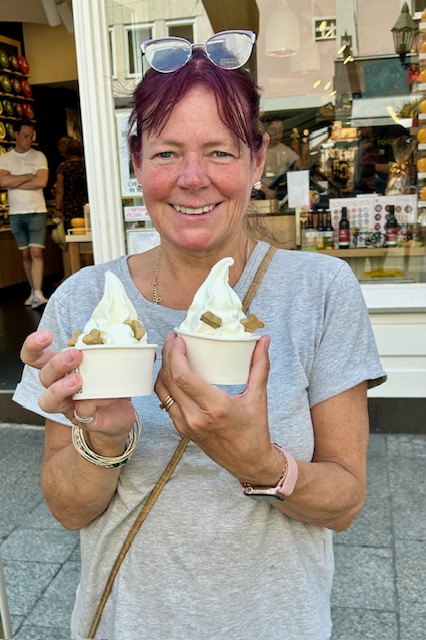

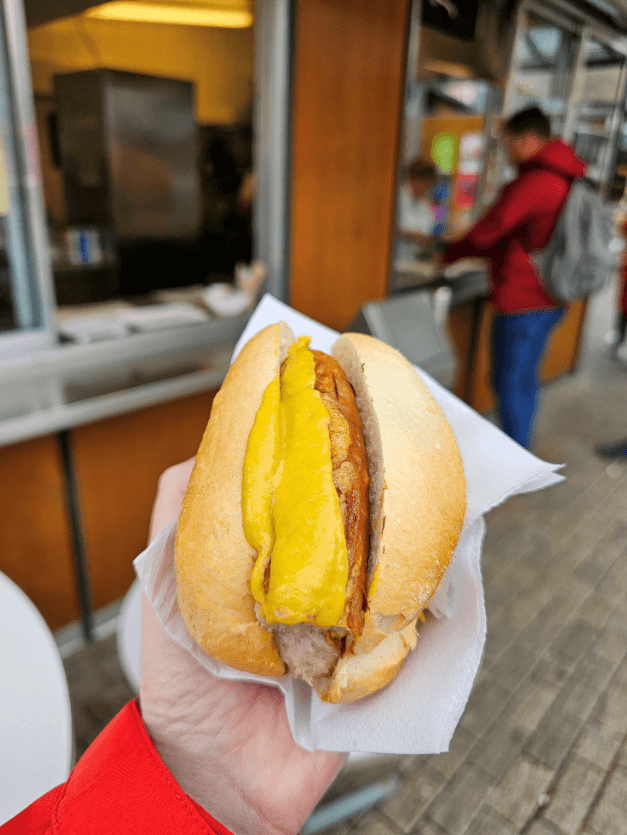

During our last tour in this part of Germany, I mentioned Franconia’s beers and the many breweries to be found in the region. This time I must give a short shout in praise of the area’s wines. The white wines are many and varied and as easy drinking and distinctive as the bottle in which they are often sold -the unmistakeable ‘Bocksbeutel’ bottle.
One place we must visit when next in Wurzburg is the Burgerspital winery. They supposedly store the oldest bottles of white wine anywhere in the world: their 1540 Steinwein. I’m not sure I want to try that particular wine but a visit to their tasting room ‘Weinhaus unterm Glockenspiel’ (which translates to ‘wine house below the bell chimes’) is definitely on the cards; not least because it is open 7 days a week.
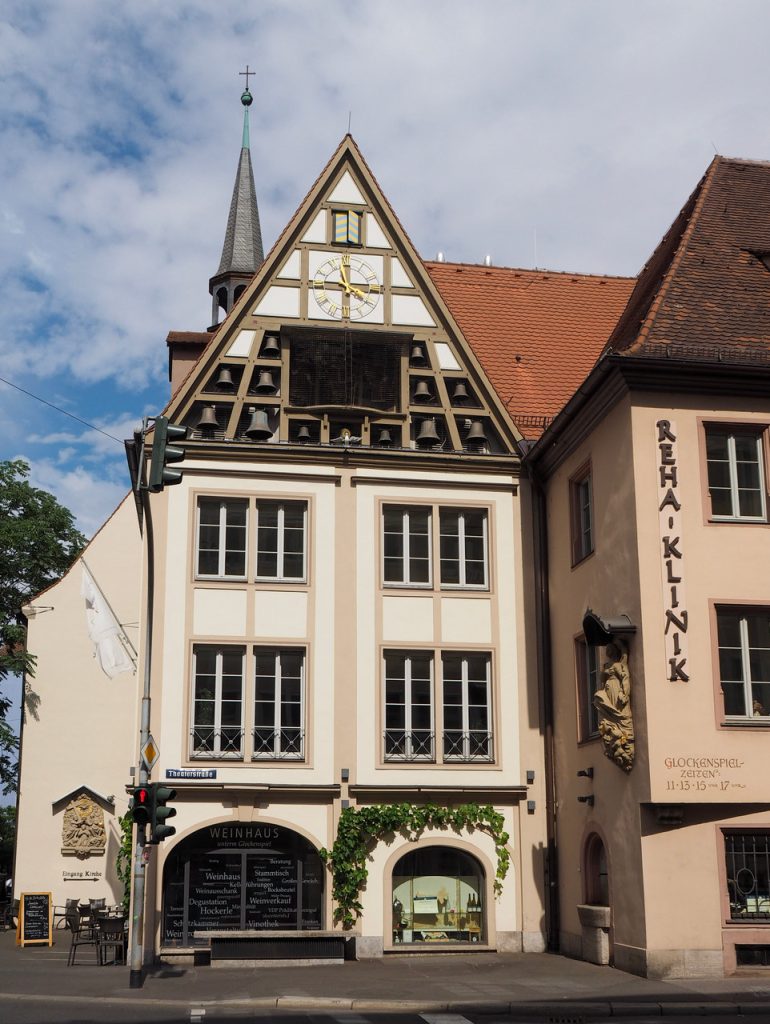
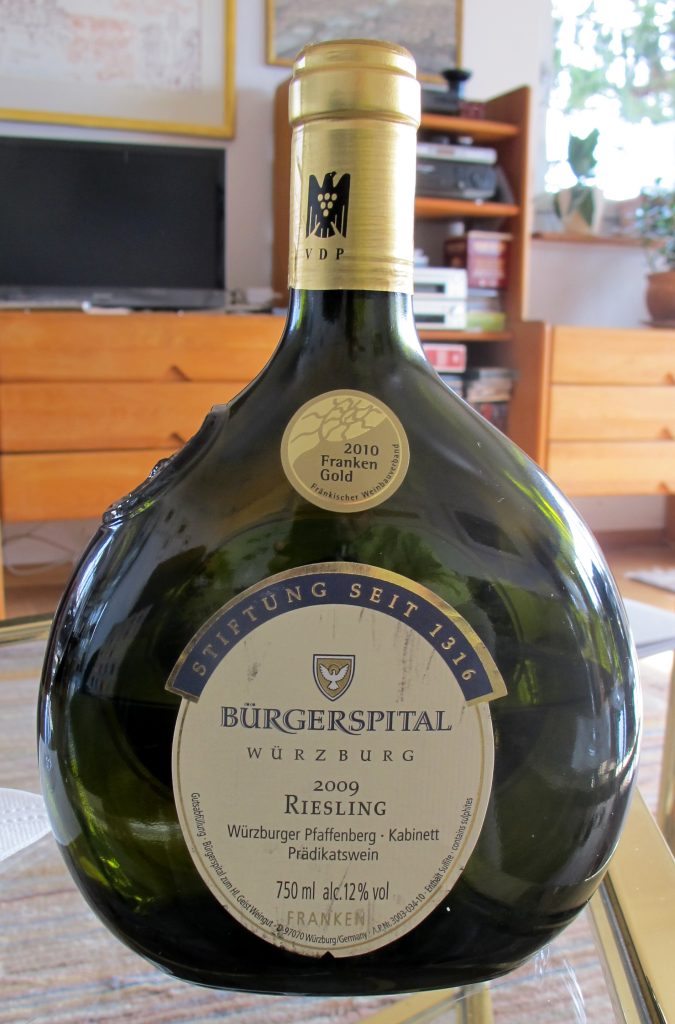
My last words on Wurzburg (at least from this visit) must be about Wilhelm Conrad Ro:ntgen who once held the Physics Chair at Wurzburg University. It was while holding this position that in 1895 he discovered X-Rays. As a result, in 1901 he became the first recipient of the Nobel Prize for Physics and, good egg that he was, he donated the Nobel prize money (50,000 Swedish Kroner) to the university declaring that his discoveries should be publicly available without charge. Ironic isn’t it that he should die a pauper and I should be writing this blog just hours after being charged a small fortune for X-Rays by my dentist on behalf of our ailing National Health Service.
